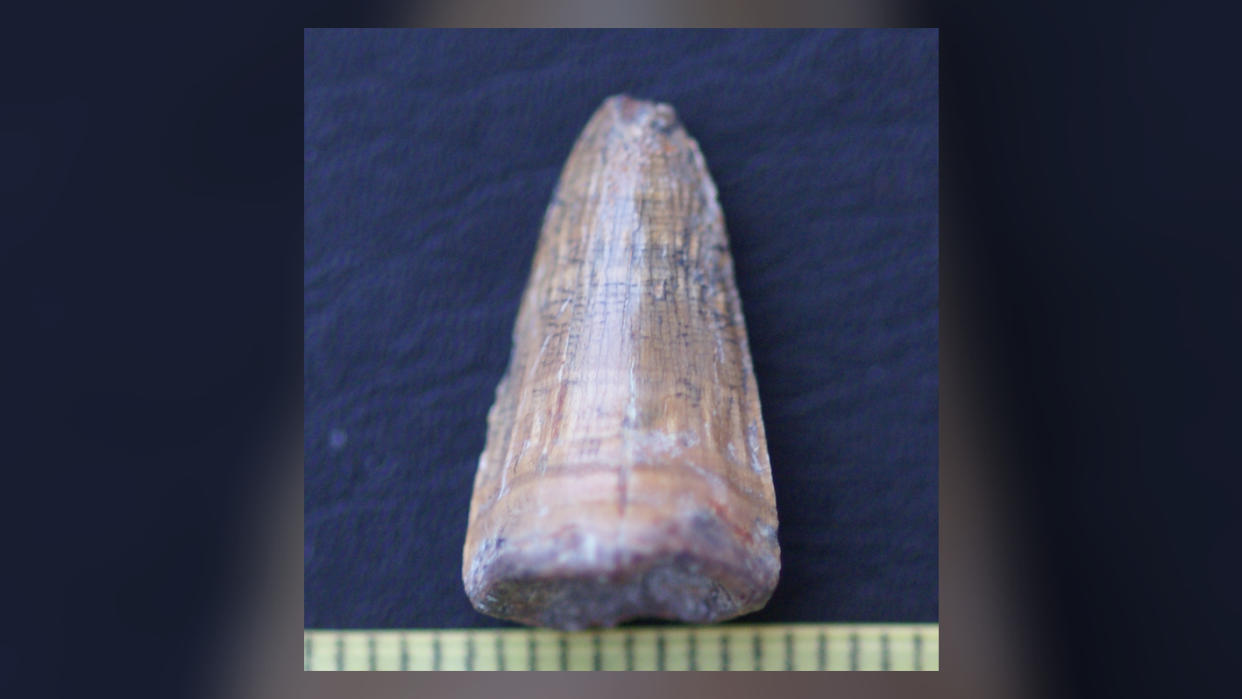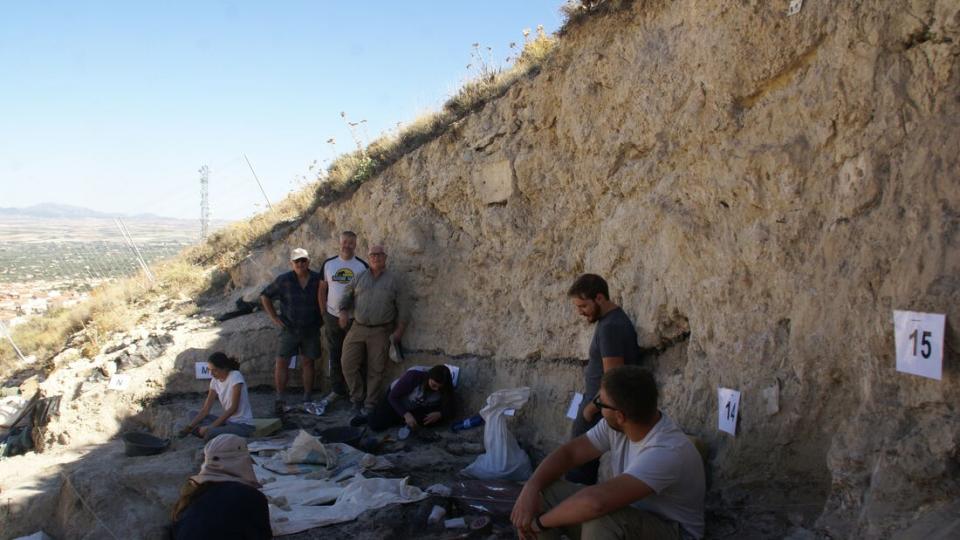Last-known crocodile in Europe lived in Spain 4.5 million years ago, researchers say


Paleontologists in Spain have unearthed a 4.5 million-year-old tooth that likely belonged to one of the last crocodiles in Europe.
The tooth is the only crocodilian fossil excavated from a site called Baza-1 in the southern province of Granada and indicates the predator looked similar to Nile crocodiles (Crocodylus niloticus) that live in Africa today.
Baza-1 was first excavated in the early 2000s and has yielded more than 2,000 fossils, despite only covering an area of 323 square feet (30 square meters), according to a translated statement.
"The tooth we found at the site of Baza-1 corresponds to a true crocodile," said Bienvenido Martínez Navarro, a paleontologist with the Catalan Institution for Research and Advanced Studies (ICREA) and research professor at the Catalan Institute of Human Paleoecology and Social Evolution (IPHES) who co-led the recent excavations. "We have classified it as Crocodylus because, at the moment, the only evidence of its presence at this site is this tooth, and we don't have enough anatomical resolution to be more precise," Martínez Navarro told Live Science in an email.
Related: 'They mated like mad': Low-flying helicopter sparks massive crocodile orgy in Australia
This is the most recent evidence of a crocodile ever found in the fossil record in Europe, Martínez Navarro said. Until now, fossils suggesting crocodiles roamed the continent came from earlier deposits, including from the Miocene (23 million to 5.3 million years ago) and from very early on during the Pliocene (5.3 million to 2.6 million years ago).
Crocodiles likely crossed over from Africa to Europe around 6.2 million years ago, just before the Mediterranean Sea dried up during what is known as the Messinian salinity crisis, Martínez Navarro said.

The Messinian salinity crisis was partly triggered by a global cooling event that locked ocean water up in glaciers and icebergs, lowering sea levels by about 230 feet (70 meters), according to the University of Maryland. This drop resulted in less water flowing from the Atlantic Ocean into the Mediterranean. Meanwhile, tectonic shifts also caused the ocean floor around the Strait of Gibraltar to rise, isolating the Mediterranean, which ultimately became disconnected from the world's oceans and dried up.
This left behind a vast expanse of salt up to 2 miles (3 kilometers) thick in some places, which scientists found buried beneath hundreds of feet of sediment in the 1970s.
"It was possible to walk from northern Africa to the Iberian Peninsula," Martínez Navarro said, adding that several species would have crossed this expanse.
RELATED STORIES
—Cassius, the world's largest captive crocodile, could be even bigger than we thought
—'Virgin birth' recorded in crocodile for 1st time ever
—Crocodiles are drawn to the wails of crying human babies and infant primates
The Messinian salinity crisis lasted roughly 700,000 years and ended abruptly when a gigantic surge of water known as the Zanclean flood — triggered by evaporated water returning to the oceans and erosion of the strip of land around Gibraltar — replenished the Mediterranean Sea.
African crocodiles that found their way to modern-day Spain and Portugal likely disappeared when the climate became colder and drier during the Pliocene, Martínez Navarro said. The early Pliocene, however, was characterized by a tropical climate that supported a rich assemblage of animals — including now-extinct elephants, reptiles, amphibians and fish — whose remains were also unearthed at the site where the tooth was found.
Researchers hope the fossils unearthed at Baza-1 will help them reconstruct a critical moment in paleohistory, when species migrated from Africa to Europe, Martínez Navarro said.

